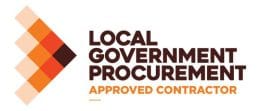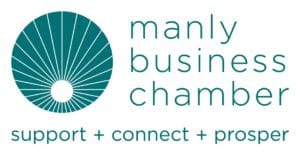Interviewers – Are You Biased?
Like it or not, we human beings are biased by nature. Our biases may be conscious but, more often than not, they are so subtle that we are not even aware of their presence. Conscious and unconscious bias can affect our judgment, behaviour and beliefs. They have long been an issue in interviews.
Three common types of interview bias are:
Affinity Bias: This is where interviewers show a preference for candidates who resemble themselves in terms of cultural background, education or experiences. The candidate and interviewer may have attended the same university, for example. Affinity bias can also contribute to gender inequality in the workplace, with male decision-makers opting to hire male candidates over females, and vice versa.
Halo/Horns Effect: The halo effect is where an interviewer is influenced by one positive candidate trait throughout the interview and so considers the candidate favourably across all areas. Conversely, with the horns effect, an interviewer is influenced by one negative candidate trait throughout the interview, so has a tendency to mark the candidate down across all areas.
First Impressions: Yes, they really do count! An interviewer may make a snap decision – positive or negative – about a candidate based on his/her personal appearance, accent, even handshake.
It can be so easy to fall into one of these traps, whether consciously or unconsciously. So what can interviewers do to reduce the possibility of bias?
Recommendations include:
Work-Sample Tests: These tests are based on the types of tasks candidates would have to perform on the job. They are considered to be highly reliable and a strong predictor of future performance.
Structured Interviews: In this type of interview, you ask each candidate the same questions in the same order. By adopting a structured approach, you are providing a level playing field for all candidates and a solid basis for comparing their performance.
Taking Notes: Our memories are notoriously unreliable, so ensure you take notes throughout the interview. They’ll prove invaluable for rating candidates, and will help you to justify your final decision.
Rubric and Scoring: Ideally, you should use an interview rubric for the core skills and experience you are looking for. Combine this rubric with a score sheet that includes room for comments to support candidate ratings in each area. Ensure you rate the candidate during or immediately after the interview when your memory is fresh.
Additional Interviewer(s): Opt for several one-on-one interviews, rather than a panel or group interview which can be challenging to organise and implement. You can then compare scores and notes with your colleagues and discuss which candidate best suits the role.
These recommendations should help you select the best candidate for the job, based on his/her skills, experience and performance, rather than your gut feeling.
What techniques do you use to reduce bias and ensure a logical, fair interview process? We’d love to hear from you.










